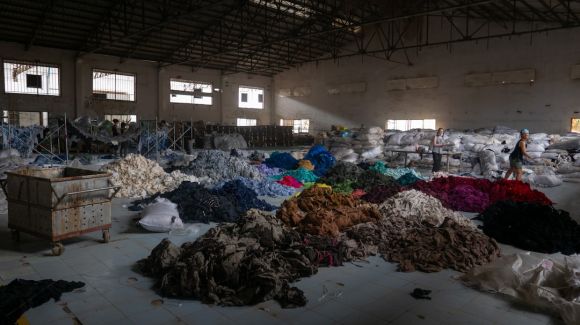Fast fashion has become a dominant force in the clothing industry, with its affordable prices and constantly changing trends. However, the environmental consequences of this industry are often overlooked. From excessive waste to pollution, the impact of fast fashion on the environment is significant. It is important for us to understand these consequences and consider alternatives that are more sustainable.
1. The Waste Problem
Fast fashion encourages a throwaway culture, where clothes are bought and discarded at an alarming rate. The production and disposal of these garments contribute to a massive amount of waste. According to the Environmental Protection Agency, textile waste in the United States alone has doubled over the past 20 years. Most of these clothes end up in landfills, where they take years to decompose, releasing harmful greenhouse gases in the process.
2. Water Consumption
The production of fast fashion heavily relies on water-intensive processes, such as dyeing and finishing. This leads to significant water consumption and pollution. The use of toxic chemicals in these processes further exacerbates the problem, as they contaminate water sources and harm aquatic ecosystems. By choosing alternatives to fast fashion, we can reduce the demand for these water-intensive practices and help conserve this precious resource.
3. Pollution and Chemicals
The production of fast fashion involves the use of harmful chemicals, including dyes, bleaches, and finishing agents. These chemicals not only pollute water sources but also contribute to air pollution. Furthermore, the textile industry is responsible for a large portion of microplastic pollution in our oceans. Synthetic fibers, commonly used in fast fashion, shed microplastics when washed, which ultimately end up in our waterways and pose a threat to marine life.
4. Working Conditions
Fast fashion is often associated with unethical labor practices. Many workers in the industry are subjected to exploitative working conditions, low wages, and long hours. By supporting alternatives to fast fashion, such as ethical and sustainable brands, we can help promote fair labor practices and ensure better working conditions for garment workers.
5. Choosing Alternatives
Fortunately, there are alternative options available that are more environmentally friendly. One such option is shopping secondhand. Buying pre-loved clothing not only reduces waste but also extends the lifespan of garments. Additionally, opting for sustainable and ethical brands that prioritize fair labor practices and use eco-friendly materials can make a significant difference.
6. Embracing Slow Fashion
Slow fashion is another alternative to fast fashion that encourages mindful consumption. It focuses on quality over quantity, promoting timeless designs and durable materials. By investing in well-made clothing that lasts longer, we can minimize our impact on the environment and reduce the need for constant consumption.
In conclusion, the impact of fast fashion on the environment is undeniable. From excessive waste to pollution, the consequences are significant. However, by choosing alternatives such as shopping secondhand, supporting ethical brands, and embracing slow fashion, we can make a positive difference. It is up to us as consumers to prioritize sustainability and make conscious choices that protect our planet and its resources.
